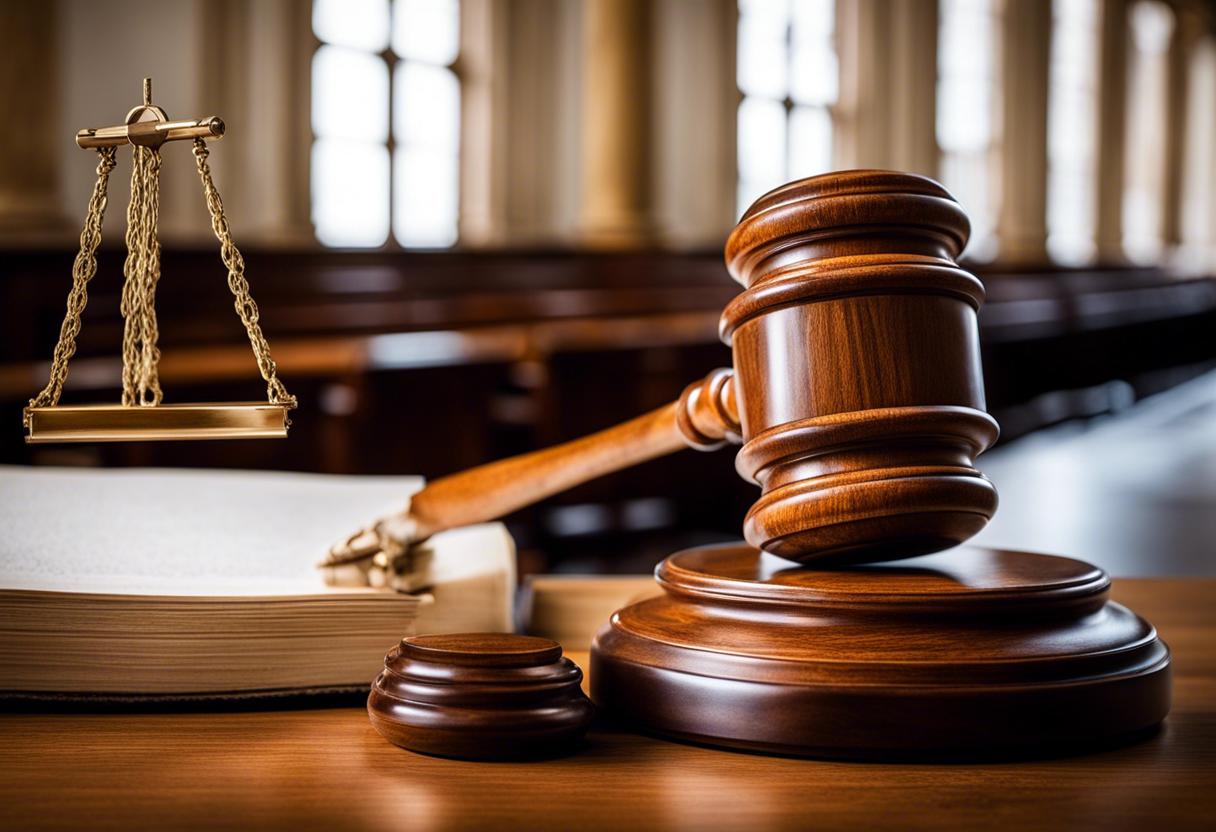On Monday, former US President, Donald Trump, managed to avoid a financial catastrophe by agreeing to a deal that allows him to defer a $454 million legal payment involved in a civil fraud lawsuit until the resolution of his appeal. The agreement came in the form of a bond which will halt the New York attorney general’s attempts to collect the payment; the attorney general, Letitia James, was responsible for initiating the lawsuit that resulted in this substantial fine.
Accusing the former president of dishonestly increasing his net worth by up to $2 billion, James received a favourable ruling from a judge. Postponing a potentially financially disastrous situation, Trump obtained the bond after satisfying an appeal court’s request to decrease the bond sum to $175 million. If he had failed to secure the bond, he would have been required to post for the entire $454 million, an act which his legal team considered virtually unfeasible. Failures in securing the bond could have resulted in James freezing his accounts.
Following a ruling from the appeal court the previous week, Trump was given a 10-day window to secure the bond; Thursday was the definitive cut-off point. The $175 million bond was offered by Knight Specialty Insurance Co, a Californian firm specialising in such deals. By offering this bond, the company essentially pledged to the New York court system to cover Trump’s judgement if his appeal fails and he subsequently doesn’t pay up.
In all likelihood, Trump paid the firm a fee and assured cash and other liquid assets as collateral. Despite asserting his net worth to be in the billions, much of this derived from his property portfolio, which companies typically don’t consider to be a viable form of collateral for such bonds.
Analysis conducted by the New York Times earlier this year recognised that, although Trump had liquid assets and cash valued at over $350 million, this was not sufficient to secure a larger bond. After more than 30 bond companies rejected his lawyers’ approaches, they spoke of ‘insurmountable difficulties’ in their pursuit of the full bond. Trump likely had to delve deep into his own reserves to secure the $175 million bond.
While the provisions might be steep, Mr Trump didn’t possess much discretion. Absent a bond, there was a risk of Ms James commencing collections immediately, freezing bank accounts, and initiating the drawn-out, intricate process of taking control of some of his iconic New York properties. She hinted at targeting Mr Trump’s Lower Manhattan office building.
An official representative for Ms James, a member of the Democrat party, refrained from making any comments. A solicitor representing Mr Trump wasn’t immediately available to respond to the request for commentary.
Mr Trump had quite recently posted an additional bond, amounting to $91.6 million, for a defamation lawsuit initiated by author E. Jean Carroll. The security he presented to the bond company for this case wasn’t accessible for the civil fraud bond. It’s rare, even for affluent individuals like Mr Trump, to need to secure bonds of such a magnitude, especially two concurrently, and his ability to manage both before running out of time was uncertain.
In 2022, Ms James instigated a lawsuit against Mr Trump and his family-owned enterprise, accusing the ex-president of altering the value of his properties to secure advantageous loans from banks.
The presiding judge, Arthur Engoron, ruled in favour of Ms James – there wasn’t any jury involved – and delivered a harsh decision against Mr Trump. Engoron enforced a monetary penalty of $355 million, which escalated to $454 million upon accretion of interest.
The bond, as things stand, eliminates one major legal burden for Mr Trump, however, additional challenges continue to persist. He’s grappling with four criminal charges in four distinct locations, with the inaugural case expected to commence in a fortnight in Manhattan. This particular case accuses Mr Trump of suppressing a sex scandal during and in the aftermath of the 2016 presidential race.
This article was originally published in The New York Times. Copyright 2024 The New York Times Company.

